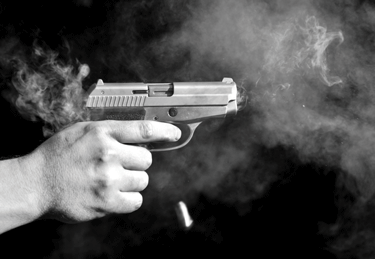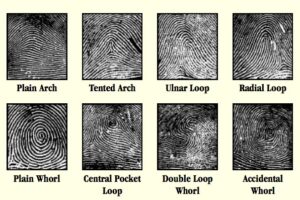SUICIDE? HOMICIDE? ACCIDENTAL?
HOW TO TELL WHO HELD THE FIREARM THAT FIRED
As a Detective, I was sent many times to the scene of a would-be suicide. In many cases where a firearm was used, the weapon was found within a reasonable distance from the body. That is completely normal, being that if the initial shot killed the victim, they of course would not be able to move the weapon after death. Whether it be a handgun, or a shotgun using a tool to reach the trigger by the victim, the crime scene characteristics set the stage for further investigation.
But what happens in cases where there is a witness to the act . . . and the witness says he saw the victim commit the act? Or, better yet, there is also a suicide note. More on determining the note’s authenticity in another post, but back to the “witness.” Let’s take this one scenario from many cases I have worked on.
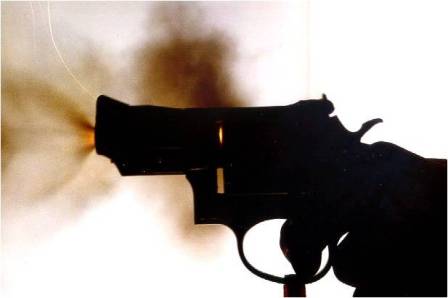
Two young adult males are hanging out together in the basement of one of their homes. One male has been shot in the head and killed. The police respond and interview the surviving buddy. His story is that he had just returned from a tour of duty in the military and is eager to show his buddy his new firearm. He claims he took it out of the box he keeps it in, and handed it to the buddy, not realizing it is fully-loaded and the safety on the gun is not on. The buddy takes the gun, is holding it, and puts his finger on the trigger, causing the gun to go off . He is killed instantly with a wound to the head.
Sounds completely possible, doesn’t it? They have no history of arguments, no disagreements, and it appears to be completely accidental. There’s only one problem: if there were truly only two people present, one of them can’t tell what happened.
But forensic science can.
The forensic investigation must prove who fired the weapon for the investigation to have it’s proper course. Why? There are other scenarios that could have occurred other than what the survivor described. A true, complete and thorough police investigation demands a true, complete and thorough forensic investigation. What is the survivor was handing the gun to the victim? What if the survivor deliberately shot the victim? What if the trigger pull on the firearm (see my other posts) had been altered, causing the gun to go off when it should not have? All these questions MUST be answered – thus, we need to know first and foremost, who was holding the gun at the time it was fired.
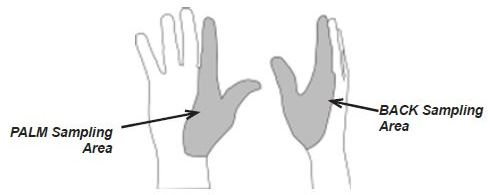
When someone pulls the trigger of any type of gun, a chemical chain reaction occurs. In most instances, a firing pin strikes something known as a primer cap in the gun’s cartridge. Most primers contain a combination of lead, barium nitrate, and antimony sulfide, which react to ignite the gunpowder inside the gun’s cartridge. This ignition causes the bullet to be propelled out of the gun and into its target.
At the same time as the bullets leaves the gun, small metal-containing particles produced during the internal gunpowder explosions are released from the weapon. These particles, known as gunshot residue (GSR), fly out of the gun and onto the skin and clothing of the person firing the gun. Gunshot reside usually contains chemicals from the gun’s primer, namely antimony, lead and barium.
If the forensic tests show that the gun was actually fired by the survivor, then we know he is not telling the truth, and the investigation takes a different turn to seek the truth. The family of the victim deserves to know the truth. Justice must be served.
The most accurate testing that can be done is that of determining gunshot powder residue on the hands of the victim and the survivor is ATOMIC ABSORPTION ANALYSIS. Both the survivor and the victim must be tested to include/eliminate the other.

Atomic Absorption Analysis (AAA) is considered to be a sensitive, most effective method for the detection of firearm discharge residue on the skin or clothing of a suspect. The AAA process has demonstrated its suitability as an investigative aid for nearly a decade and has been accepted in federal and state courts as conclusive evidence in numerous cases. The AAA process detects the presence of barium, antimony, copper and lead. Barium and antimony are present in the primers of most United States-made and some European brands of ammunition, while copper and lead particles originate from cartridge cases and projectiles.
Upon detonation of a cartridge, these elements are deposited on the shooter’s hands. A kit is used to swab the entire surface of the suspect’s hands. The samples taken are then submitted for laboratory analysis. Due to the extreme sensitivity of Atomic Absorption Analysis, the swabs, preservation tubes, nitric acid solution and container must be free from contamination.
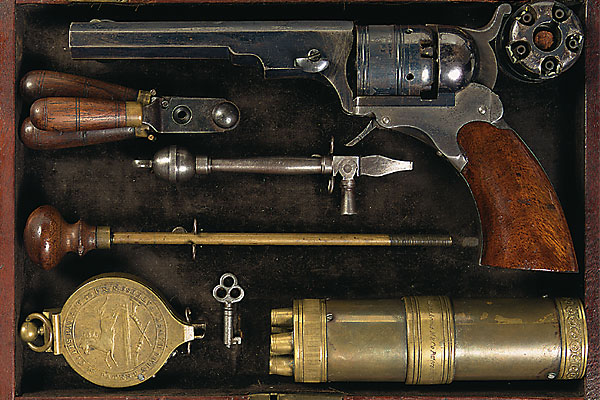
When a weapon is fired, gunpowder residues are propelled toward the target. Primer and gunpowder residues are blown back in the direction of the shooter. In most cases, trace amounts of these residues are deposited on the shooter’s firing hand. The detection of these trace residues can give valuable information regarding whether a particular individual has recently fired a weapon. The collection of primer residues deposited on the hand of the shooter–normally on the thumb web and the back of the hand holding the weapon, is accomplished by swabbing those areas with plastic cotton tips that have been moistened with a 5 percent nitric acid solution. Determining whether a particular person has fired a weapon is normally accomplished by measuring the amount of barium and antimony on the suspect’s hands. Atomic absorption spectrophotometry analysis has proven to be highly successful in identifying these trace residues.
Of course, there are forensic safeguards needed to make sure the tests are as accurate as possible. For example, if a person has used bathroom before the test is administered, it will give a false result due to possible urine on their hands; or if a person washed their hands; and the same goes true if the test is given longer than 6 hours to the surviving suspect, as they have most likely touched numerous objects since the firearm was discharged. The deceased will not have touched anything since death, so their results will be more accurate.

But what if someone shot another person dead, then washed their own hands, and placed the fired gun in the hand of the deceased? Wouldn’t that make it look like it was a suicide, and the killer would get away with murder? Fortunately, those scenarios only work in Agatha Christie movies or in the Murder She Wrote television series on the Hallmark Channel.
Even with all the hundreds of different types of firearms available, there is one firearm the AAA test won’t work on . . . a Red Ryder BB Gun. You won’t get away with murder . . . but you may shoot your eye out.

